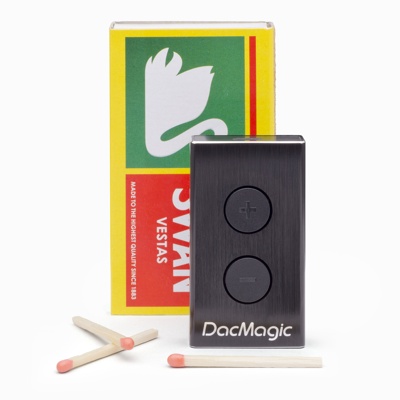The amount of wireless data transmitted by Americans continues to increase at an impressive rate — but we want more — as the CTIA-The Wireless Association semi-annual survey revealed.
The annual U.S. wireless data traffic grew 123 percent from 2010 (388 billion megabytes) to 2011 (866.7 billion megabytes). According to the survey, there was a 43% increase in the number of active smartphones and wireless-enabled PDAs in 2011 (111.5 million) compared with 2010 (78.2 million). With almost 95% of these devices capable of transmitting wireless data, Americans’ voracious appetite for anywhere and anytime mobile access is why the wireless industry needs more spectrum. To put the wireless data traffic of 2010 compared with 2011 into perspective, if you were walking and listening to five songs per mile and each song lasted for four minutes:
° In 2010, you would walk 77,601,961,033 miles, or the equivalent of 3,116,419 times around the world for 2,952,890 years and listen to 97 billion songs.
° In 2011, you would walk 173,364,056,929 miles, or the equivalent of 6,962,132 times around the world for 6,596,806 years and listen to 216.7 billion songs.
In order to handle Americans’ demand for wireless data, mobile providers continued to make significant investments in their infrastructure, from upgrading networks from 3G to 4G to increasing the number of cell sites to improve coverage and capacity. In 2011, they reported US$25.3 billion in capital expenditures, which was up 2% from 2010.
Since 2001, wireless providers invested $246 billion in capital expenditures, so they can meet consumers’ demands for wireless access anytime and anywhere. This number doesn’t include the billions that wireless companies paid the U.S. government to license spectrum. Also important to meeting demand was the 2009 FCC shot clock ruling that required local governments to make decisions on tower siting proposals within specific timeframes. 2011 was the largest annual increase of operational cell sites with 283,385 at year-end, which was 30,299 more than 2010.
“Americans’ love for mobile products and services continue to grow. Our survey shows yet again that we are choosing to have more than one wireless device, including smartphones, tablets and e-readers, which is why the wireless penetration rate is almost 105%,” says said Steve Largent, president and CEO of CTIA. “Yet as the President, bipartisan members of Congress, FCC Chairman and Commissioners and other policymakers have repeatedly advocated, the U.S. wireless industry must have access to more spectrum so we can continue to improve our nation’s economy and meet our consumers’ demands.”
While the spectrum identified in the Middle Class Tax Relief and Job Creation was a great start, there is much more work to be done, he adds.
“We look forward to working with all of the interested parties to quickly bring more spectrum to auction so our members may purchase it, continue to invest and create jobs and ensure wireless U.S. consumers remain enjoying the world’s best wireless products and services,” Largent says.
To see a summary of the report or to purchase the full report from the CTIA Research eStore, go to http://www.ctia.org/advocacy/research/index.cfm/AID/10316 .
— Dennis Sellers



